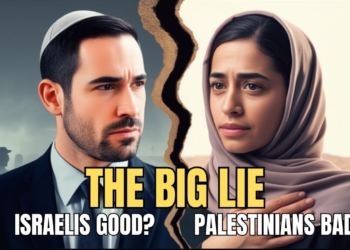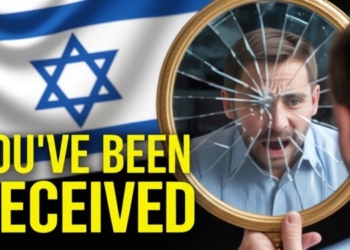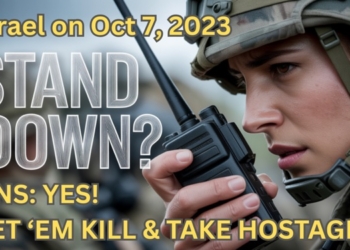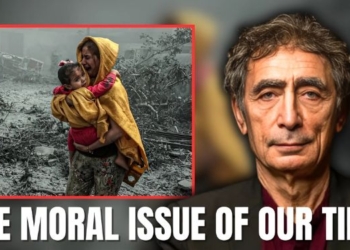
By Forrest Rivers
One day soon, COVID-19 will inevitably come to an end. However, just because this might be so it does not mean that we will immediately begin the healing process. This pandemic has inflicted such deep suffering on humanity that it may take years for us all to heal physically, emotionally, and spiritually.
Aside from the obvious need for physical healing (The virus can reportedly have serious long-term effects on our lungs and has even been linked to high incidences of chronic fatigue and other unexplainable long term health issues for those who were thought to have made an initial recovery) for the countless millions who contracted serious cases of the virus; the aftermath from COVID-19 will also see the need for the creation of various outlets to facilitate our emotional and spiritual healing as well. The sheer trauma inflicted by this pandemic has been on such a wide scale that many people simply don’t know how to process all that they have been forced to experience.
For those who lost a beloved family member or friend, the expansion of mental health services to help manage grief will be required. Increased access to mental health providers like therapists and substance abuse counselors will also need to be made available for those who suffered close and traumatic brushes with death. Even for those fortunate enough to not have contracted the disease or lost loved ones, the number of people suffering from an array of anxiety disorders will only swell as many contemplate their own mortality for the first time. Without the tools to effectively process all that we have been through, we cannot get on with the healing of the world.
Fortunately, from a spiritual standpoint, there are two very positive things that have emerged from this pandemic that will profoundly aid us in our healing. First, because the whole world has experienced this public health calamity together, it means that we have also fostered a collective sense of shared suffering. In essence, we can all meaningfully relate to the pain that many are feeling. As a result, we are able to keep our hearts open while creating one powerful healing circle that literally encompasses the whole world. In numerous studies, mental health practitioners have shown just how crucial it is for patients in trauma recovery to have loving communities who can meaningfully relate to what they have been through.
In the context of our healing from COVID-19, it is truly a blessing then, that such a loving community comprised of nearly the whole world is arising in the mutual aid of one another. In inspiring fashion, we have entered an age similar to the period after World War II when we all had to confront our suffering together as one world. But the difference this time is that the planet is connected like never before. The advent of the internet age has not only served to facilitate an unprecedented wave of communication across the globe, but it has also made the empathetic flow of our understanding possible. Due to 21st century technologies like smartphones and personal laptops, we can literally (in seconds) access the suffering being felt by our brothers and sisters on the other side of the world. The ability to gain such an acute awareness of human suffering has also made it more conceivable than ever to unite and end that same sorrow.
Through our unprecedented use of global telecommunications, we have already gained significant insight into the extent of COVID-19 related suffering around the world. For example, we have all heard about and shared the horrifying stories of Italian hospitals that were forced to ration crucial lifesaving equipment and make heartbreaking decisions on who should live and who should die. We have also been digital witnesses to the virus’s devastating impact on the poorest citizens in both India and Brazil. And, of course, we have also watched in horror as the United States (supposedly the most medically and scientifically advanced nation in the world) epically botched their response to COVID-19. Is it really that difficult to imagine us using the very same technologies to facilitate the world’s healing in the months and years ahead? Is it inconceivable to envision mass prayer circles emerging through expanded interface programs like Zoom? When the virus does finally come to pass, is it hard to conceive of widespread international exchange programs arising that promote mental health strategies and spiritual wisdom for healing? Truly, as never before, our shared suffering and healing are intertwined as one world.
The world’s unparalleled access to ancient healing practices is the second thing that will facilitate our collective recovery in the aftermath of COVID-19. Thanks to the internet, the global population is now able to gain widespread exposure to traditional teachings that have long been proven to reduce anxiety, heighten awareness, and promote inner peace. Access to such soulfully uplifting practices like mindfulness meditation, art and sound therapy, yoga, and the conscious use of entheogenic plants and fungi (like psilocybin mushrooms) will unquestionably aid our healing in a most profound kind of way.
In a post COVID world, it is likely that we will see more people than ever before drawn to therapeutic settings like the kind that myself and a former colleague of mine, named Betty Mandeville, started at Volunteer State Community College near Nashville, TN. Twice weekly, the two of us, a group of students and other faculty met for an hour of guided meditation and contemplative sharing. These peaceful gatherings, as we came to call them, not only promoted the exploration of higher consciousness but also facilitated the emotional and spiritual healing of all participants involved. A post COVID world may also see the expansion of general wellness programs offered at local community centers, schools, workplaces, and even prisons. These wellness programs may wind up incorporating some combination of yoga, meditation, and alternative healing methods like acupuncture or tapping exercises. It is also possible that the already burgeoning field of wilderness therapy will continue to grow in popularity as victims of trauma look to heal through re-connecting with the beauty of mother nature. It is also likely that a growing number of people will turn to creative outlets like music, poetry, and painting to help them find joy again. Our world’s healing, then, may very well coincide with the renaissance of art described in an earlier chapter.
In the end, this much is for certain: any forms of healing that humanity undergoes in the months and years ahead will be positive and hopeful steps toward greater understanding, more wisdom, and maybe just maybe…. world peace.














![Everything You Ever Wanted to Know About 9/11 Conspiracy Theory in Under 5 Minutes [VIDEO] | by James Corbett](https://consciouslifenews.com/wp-content/uploads/2018/09/911-a-conspiracy-theory-120x86.jpg)
